Mangaマンガ Exhibition at the British Museum
Due to the current situation we’re going through and me not being able to visit new exhibition openings and wanting to show some diversity on my blog, I have decided to write about the “Mangaマンガ” Exhibition at the British Museum which I visited last year; it left quite an impression on me. I think the topic is fascinating, also looking at its history and the way it developed into a global phenomenon.

23rd May to 26th August 2019
© https://www.sainsbury-institute.org/ja/exhibitions/manga-exhibition-bm/
Introduction
The exhibition called Mangaマンガ, was the largest exhibition of manga ever held outside of Japan. The show included 50 manga artists (mangaka), 70 manga and 162 works from historical art to digital experiments. It brought together the most important examples of manga from both the past and the present, while also pointing to the future of this interesting medium.
What exactly is Manga and when did it originate?
Manga are Japanese comic books, which are serialised in magazines and newspapers. Manga originated in Japan, but is now popular all over the world.
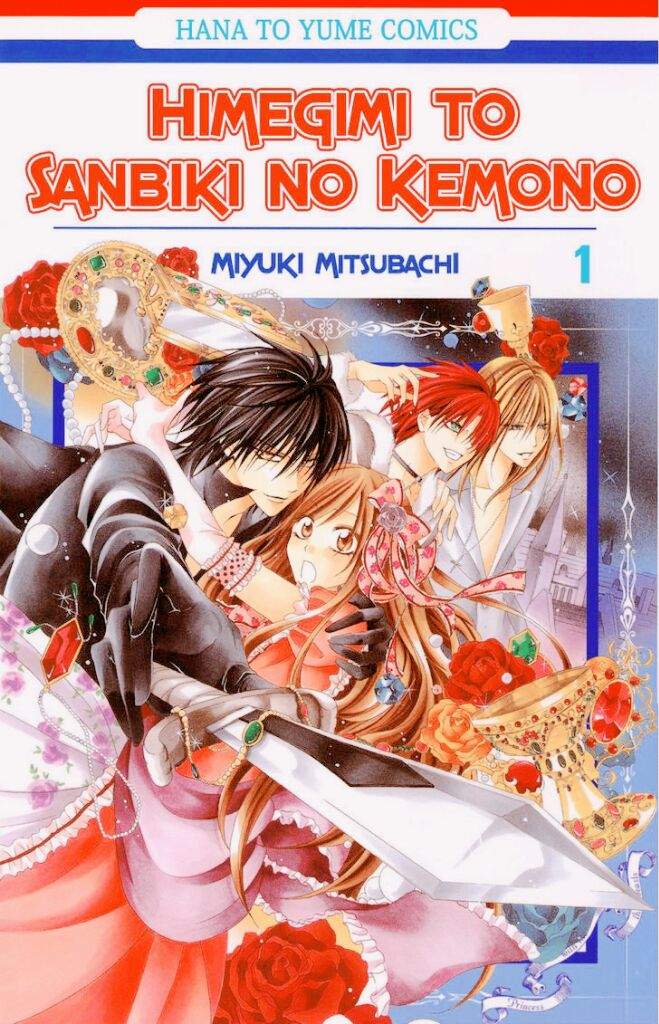
(The Princess and the three Beasts)
Genres: Action, Adventure, Fantasy, Romance, Royalty
Mangaka: Mitsubashi Miyuki
© https://www.anime-planet.com/manga/himegimi-to-sanbiki-no-kemono
The word is composed of the two kanji 漫 (man) meaning “whimsical or impromptu” and 画 (ga) meaning “pictures”. It is an immersive storytelling through pictures, where the focus is more on the visual development of the stories’ characters and less on the text. The visually engaging quality makes it so popular.
Manga’s roots are international and can be traced back as far as 1200 AD, but the way we know it today developed in Japan in the late 19th through to the 20th centuries and has achieved a global audience. Manga is expanding and also includes animation (anime in Japan), art, street art, fashion, graffiti and newly developed forms including digital multimedia and gaming. It is a multi-billion-pound industry, which is fuelled by its readers and viewers. It has hundreds of genres, including sports, science fiction, horror, love, crime and is also focusing on sexual identity and other global topics.
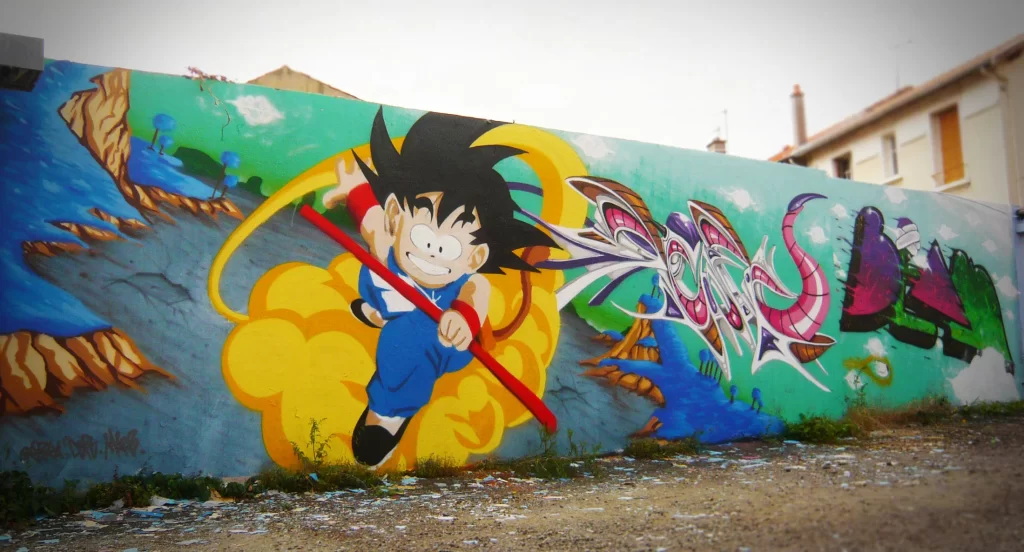
Genres: Action, Adventure, Comedy, Martial Arts, Shōnen
Mangaka: Toriyama Akira
© https://www.onedeft.com/lettrages/2013-graffiti/2013/graffiti-dragon-ball/

Genres: Comedy, Drama, Shōnen, Sports, School Life
Mangaka: Furudate Haruichi
© https://www.anime-planet.com/manga/haikyuu
Did Hokusai create Manga?
Katshushika Hokusai’s (1760-1849) work and manga were intended as copybooks that included a huge range of images for the use of students studying painting. The preface to volume 1 (1814) tells that Hokusai personally chose the term “manga” for the title of his copybook. The intention was to make only one Hokusai manga. However, students of Hokusai took sketches of what the artist had casually produced and turned them into a wide-ranging drawing book. Hokusai Manga was published by Eirakuya Toshiro (1813-1842) in Nagoya and proved so popular that another fourteen Hokusai Manga volumes were created. They remained in print and were widely distributed across Japan for the best part of the century.
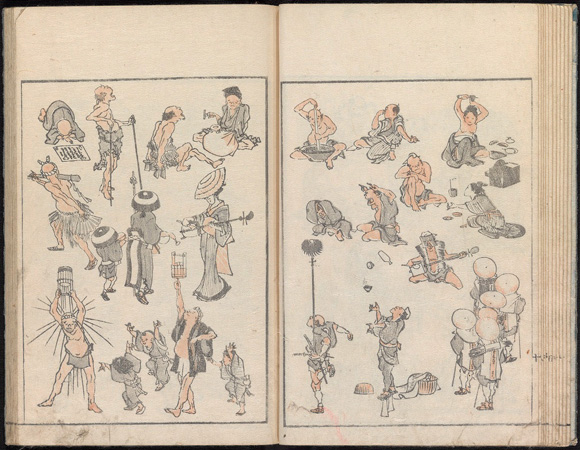
(Transmitting the Spirit and Revealing the Form of Things) Volume 1
Katsushika Hokusai (1761-1816)
© https://library.princeton.edu/news/marquand/2014-12-16/hokusai%E2%80%99s-manga
Modern Manga
In the 1860s Japan first opened its borders to international trade, a foreign settlement was created in the newly formed town of Yokohama. Japan printed its first newspapers there, including the Japan Punch (1862-87) by Charles Wingman (1832-1891). Later Kitazawa Rakuten (1876-1955) was hired by the Australian political cartoon and print artist Frank Arthur Nankivell (1869-1959) to draw for his nascent paper Box of Curios. Rakuten then created the first serialised comic with recognisable characters in Japan and is therefore credited as being one of the first truly modern manga artists.

(Current Affairs Manga)
Colour Lithograph, 1928
Kitazawa Rakuten (1876-1955)
© https://www.royaldrawingschool.org/blog/summer-drawing/
The Americans occupied Japan after the defeat in World War II and introduced censorships on what could be produced. During this time the Japanese were introduced to Walt Disney and American comics, TV and film which all had a particularly strong impact on manga.
In Osaka a new industry appeared, selling cheaply printed storybook manga called red books (akahon) from roadside stands. Then 18-year-old Tezuka Osamu (1928-1989) drew and published Shin Takarajima (New Treasure Island, 1947) which quickly sold 400,000 copies causing a sensation. With this iconic work, modern manga came of age and were influenced by Disney, Western films and earlier Japanese manga.
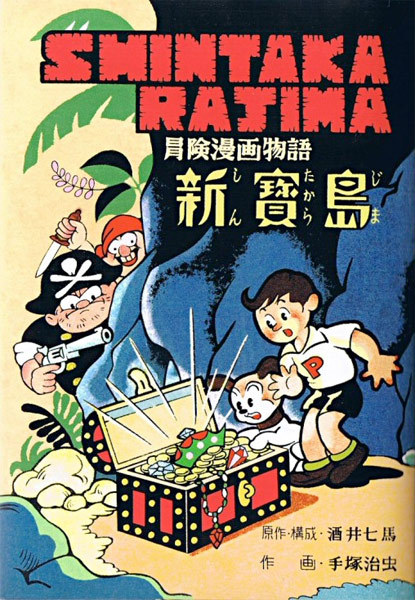
Genres: Adventure, Shōnen, Island, Pirates
Mangaka: Osamu Tezuka
© https://anibrain.ai/recommender/manga/41273

Genres: Action, Adventure, Aliens, Sci Fi, Robots
Mangaka: Osamu Tezuka
© https://www.penguinrandomhouse.com/books/244295/astro-boy-volume-10-by-osamu-tezuka/
Osamu’s most famous work was Astro Boy which became one of the most successful manga and anime franchises in the world.
The American occupation of Japan officially ended in 1952 and therefore the press censorship was also removed. This gave manga creators the opportunity to target adults more consciously. Many chronicled the horrors of the atomic bombings and their aftermath, such as Nakazawa Keiji (1939-2012) who as a young boy, survived the atomic bombing of his home city Hiroshima. Two decades later, he drew his memoirs in the manga Hadashi no Gen (Barefoot Gen, 1973-1985), which is about a young boy who loses his family in the bombing of Hiroshima, and eventually his own life as well.

Genres: Drama, Historical, Melancholy, Shōnen, War
Mangaka: Nakazawa Keiji
© https://alemontosi.blogspot.com/2013/08/ricordare-hiroshima-e-nagasaki.html
Weeklies instead of monthlies were launched by the 1950s, which meant manga artists needed to create much more material to fill these more frequently issued magazines. This resulted in a shift to faster production methods and the dropping of colour, so manga were created in black and white, which is how most Japanese manga are to this day.

Volume 1, Ch. 2, p.23
Genres: Action, Adventure, Comedy, Drama, Historical, Seinen
Mangaka: Noda Satoru
© https://mangabtt.com/manga/golden-kamui/chapter-2-eng-li/82171
Women artists became known with the Year 24 Group (Shōwa 24), which consisted of women manga artists born in or around 1949. The two central figures were Takemiya Keiko (b.1950) and Hagio Moto (b.1949).
Takemiya Keiko was famous for her male-male romance (a genre known as boys’ love or BL) in her manga and won an award in 1979 for her ground-breaking work Kaze to Ki no Uta (1976-1984, The Poem of Wind and Trees).

(The Poem of Wind and Trees)
Genres: 19th Century, BL, Drama, Nobility, Romance
Mangaka: Takemiya Keiko
© https://www.anime-planet.com/manga/kaze-to-ki-no-uta
Hagio Moto’s “The Poe Clan” (Po no Ichizoku, 1972) tells the tragic tale of a vampire family based in Europe and helped to develop a new evolution of shōjo (girls’) manga featuring character development and complex themes. Currently, half of the manga readers in Japan purchase manga created for women (in particular BL and other shōjo genres) and about half of all manga artists are women.

Pretty Guardian Sailor Moon (1991-1997)
Genres: Action, Comedy, Magical Girl, Reincarnation
Mangaka: Takeuchi Naoko
© https://www.anime-planet.com/manga/sailor-moon
Manga’s golden age was from the 1980s to the 1990s, following on from Japan’s economic boom. In 1995, at its peak, 1.34 billion copies of manga books (tankôbon) were published in one year. Following a government decision manga was introduced into school textbooks. Even companies, such as Toshiba, promoted their history and products through manga.
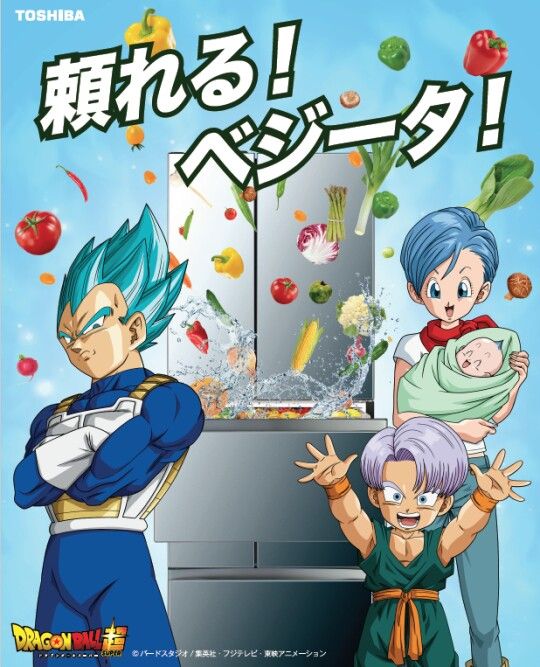
in collaboration with Dragon Ball (1984-1995)
Genres: Action, Adventure, Comedy, Martial Arts, Shōnen
Mangaka: Toriyama Akira
© https://www.pinterest.com/pin/28569778874445178/
Japan has been using manga for the last decade to advertise within the travel industry through images, for example on how to eat sushi or ride a bullet train.
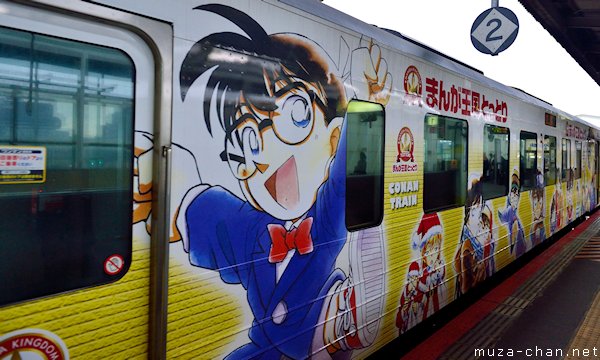
where the manga’s author Ayama Gosho was born.
Manga: Meitantei Conan (1994-present)
Genres: Crime, Detectives, Drama, Mystery, Police
© https://www.manime.de/news/facts-about-detektiv-conan/00684/
Conclusion
Manga is an international phenomenon that shows no sign of waning. As already mentioned in the introduction, it has been integrated into everyday life and anime specifically has become as popular as manga, because 60% of it is directly linked to manga and vice versa. The characteristic anime art style emerged in the 1960s with the works of Osamu Tezuka and spread internationally in the late 20th century, developing a large domestic and international audience.
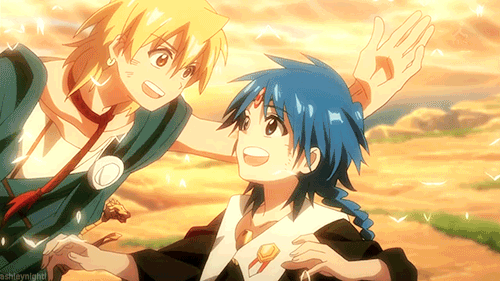
Genres: Action, Adventure, Comedy, Fantasy, Magic, Middle East
Studio: A-1 Pictures Studio
© https://tenor.com/en-GB/view/magi-friend-friends-morgiana-aladdin-gif-5321485
Studio Ghibli’s compelling anime, by directors Takahata Isao and Miyazaki Hayao, consists of 22 films, with Spirited Away (Sen to Chihiro no Kamikakushi, 2001) winning an Academy Award in 2003 and becoming the single most successful film in Japanese history.

Genres: Adventure, Curse, Family Friendly, Fantasy, Magic
Directors: Takata Isao & Miyazaki Hayao
© https://www.lockhaven.com/news/arts-culture-scene/2020/09/spirited-away-is-a-classic-anime-for-everyone/
Pokémon (1995-present) the wildly successful franchise created by Tajiri Satoshi in 1995, has since become the highest-grossing media franchise of all time with $90 billion in total franchise revenue. It’s spawning an entire industry of anime, games and products. The original video game series is the second best-selling video game franchise (following Nintendo’s Mario franchise), with more than 346 million copies sold and 1 billion mobile downloads. It has spawned a successful anime television series, which has become the most successful video game adaptation, boasting over 20 seasons and 1,000 episodes broadcast in 169 countries.

Pokémon Yellow Version released 1998
© https://www.otakustudy.com/video-game/2015/11/pokemon-red-blue-and-yellow-headed-to-nintendo-3ds-virtual-console-in-2016/

Genres: Adventure, Elemental Powers, Fantasy, Monsters, Proxy Battles
Studio: OLM Studios
© https://sg.portal-pokemon.com/anime/series/s1/
Another example of fandom across the world and in Japan is the phenomenon of Comiket (Comic Market), where large numbers of manga fans gather. These events exist in various formats all over the globe, where the audience also disguises themselves as their favourite character, this is called Cosplay (Costume Play).
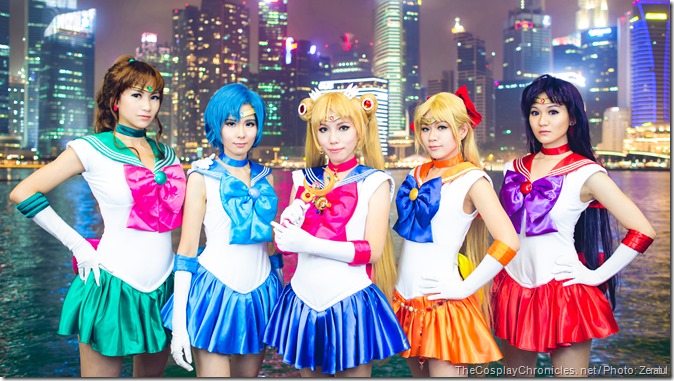
© http://thecosplaychronicles.blogspot.com/2015/12/sailor-moon-crystal-photoshoot.html
Conversations and pictures are vital and engaging, manga uses both in order to deal with a vast range of universal issues as well as other subject matters.
The fact that such a historical institution as the British Museum has included the Manga exhibition in its programme, acknowledges the importance of this area of artistic expression that grew into a global industry.
There is indeed a manga for everyone.

Action, Adventure, Comedy, Fantasy, Medieval, Mystery, Reverse Harem, Romance, Vampires etc
© Antonella Grevers

-
-
1 year
Tagged #Bucharest, #contemporaryart, #museumofrecentart, #nationalhistorymuseumromania, #nationalmuseumromania